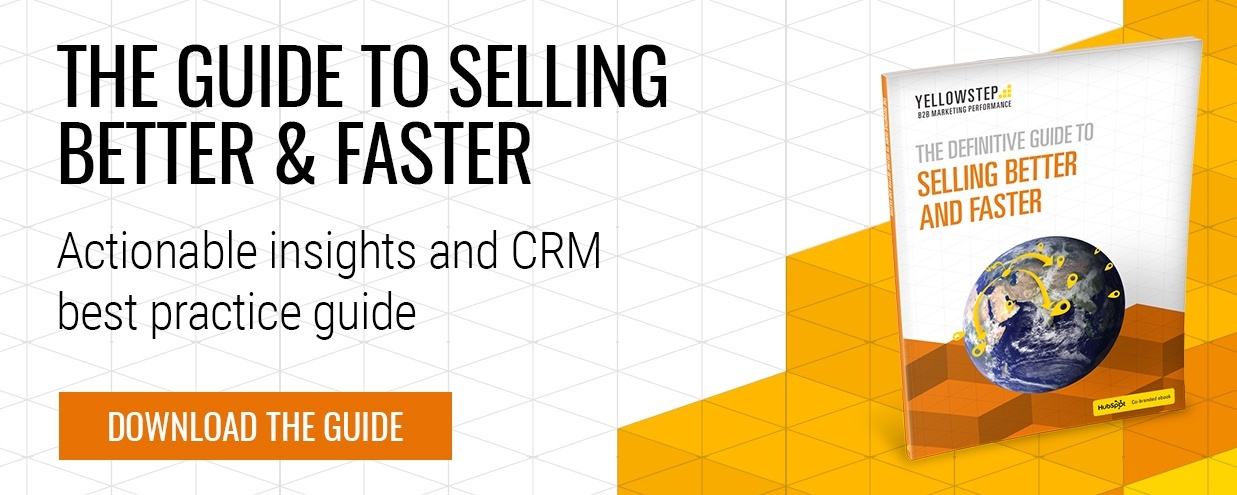Inbound and outbound sales: both have their pros and cons, but which should your sales team be most focussed on?
In this blog, we will explore the merits and potential pitfalls of both, while showing that it's not 'one-size-fits-all' for all business types, sizes, and industries.
Outbound sales
/Outbound%20sales.jpg?width=900&name=Outbound%20sales.jpg)
Many big business have a committed outbound sales team. And the reason for that is simple - they may have already achieved a substantial amount of growth, and are looking to reach customers differently.
The benefits are that the sales team can pick and choose who they target, where, when, and how. Not only that, but effective and influential salespeople can really do wonders for new business with the one-to-one interaction of a outbound sales call, with the right processes and delivery in place. It also gives them an opportunity to dispute some of the major myths or objections a prospect may have over your product or service, with one-on-one prospect interaction.
However, in a post-GDPR world, potential buyers are more protective over their data than ever, and untrusted cold sources can really damage a company’s reputation. You will likely know from experience - people just don’t like having their day interrupted by sales calls, especially if the pitch is aimless and lacking personalisation. Kevin Scott, Head of Sales Solutions at LinkedIn, found that 90% of B2B decision markers never actually respond to any form of cold outreach, while 75% of them use social media within their decision making process.
In fact, unpersonalised outreach is rarely working for brands with their existing customer base. Salesforce research shows that 65% of business buyers say they’d switch brands if a company didn’t make efforts to personalise their communications. If the skillset, technology, and processes aren’t there, then outbound sales can be an extremely inefficient way to sell and an easy way to lose business from irritated prospects.
Inbound sales
/inbound%20sales.jpg?width=900&name=inbound%20sales.jpg)
Inbound marketing tactics have increased website traffic and leads for businesses for decades through helpful, targeted content that focuses on the customer’s pain points first and foremost. And inbound sales keeps these ethics firmly in mind too.
Inbound sales and marketing tactics take time, as well as the right tools and processes to implement properly. But once implemented, they continue to deliver over time. Through inbound sales tactics like automated (but personalised) responses and follow-ups, lead scoring, and workflows, you can make sure your leads are kept warm while you sleep. Salespeople can then focus their time and energy and providing a more personalised sales experience, through things such as outreach videos and techniques such as social selling.
The value of inbound is that it’s noninvasive - prospects will have already engaged with your brand before, so every piece of outreach is warm and driven by information they have already handed over. However, without investment into powerful tools such as Hubspot to track user journeys and effective processes, an inbound marketing to sales process can go awry, especially if your leads are not of a sufficient quality for your sales team, or in the worst case, completely ignored by them.
Regardless, as demonstrated in Hubspot’s 2018 State of Inbound report, 53% of respondents say that inbound tactics are delivering higher ROI than the 16% of outbound practitioners.
Take a look at how the Yellowstep team defines Inbound sales.
Finding the right balance
Businesses don’t have to necessarily choose either inbound or outbound sales. Leaning on either way of selling really depends on your business’s strengths. If outbound is not part of your growth DNA, then you may not want to waste time by delivering it now, and will need to wait until you hire the right talent into your business.
Testing both and assessing how other companies in your market deliver both outbound and inbound sales will enable you to test different tactics, and turn your business into a sales and marketing machine that generates leads, creates opportunities, and grows revenue.
Take a look at the value that a powerful CRM and the right internal processes can do for your sales team by downloading our definitive guide to selling better and faster.
 By
By 